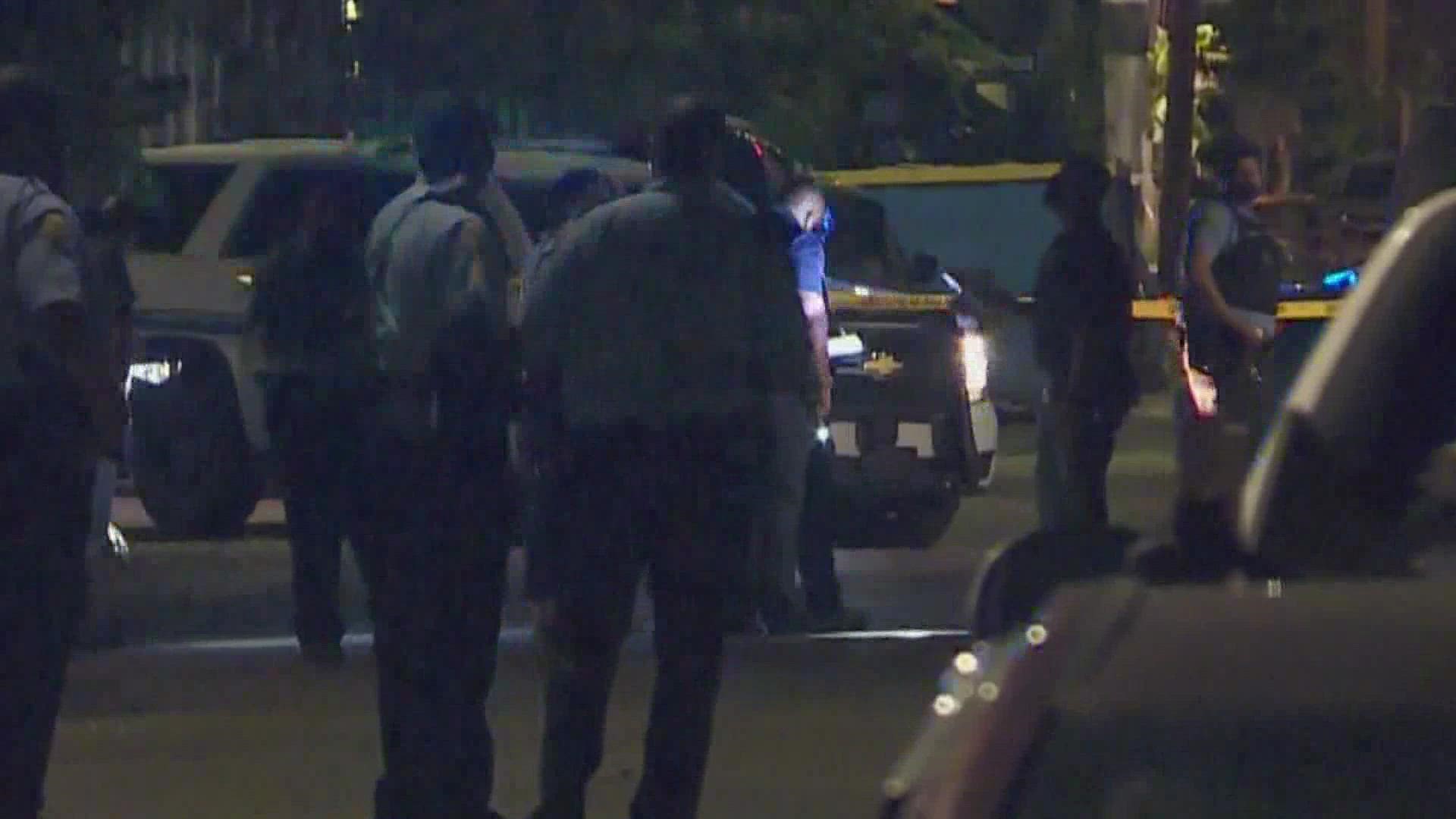NEW ORLEANS — Under a public safety recruitment and retention plan from the City’s administration, the New Orleans Police Department could start to see manpower increase.
“This gives us a plan and an opportunity to move forward to bolster the numbers, but also enhance the numbers,” said CAO Gilbert Montano.
Part of that plan creates $5,000 recruitment payments once a new officer completes training and then additional $5,000 payments for every five years of service, up to 20 years.
“We need to make sure that they stay once they’re hired and what we’re proposing, we believe is a step in the right direction,” Mayor LaToya Cantrell said.
Currently, NOPD has just more than a thousand officers, far short of the 1,600 goal. Mayor Cantrell says that gap, which also exists in our public safety agencies in the city, must be filled.
“We will certainly feel the impacts of these vacancies if we do not ramp up our efforts to both recruit as well as retain,” Cantrell said.
“It’s nice to see the City recognize the need for a plan,” said attorney with the Fraternal Order of Police Donovan Livaccari.
Livaccari says this plan could be a big help, but will need to expand.
“Recruitment in law enforcement has been difficult lately,” Livaccari said. “I think we’re going to have to go beyond these monetary payments if we’re really going to have a valuable impact on retention.”
Meanwhile, the city council is asking the governor for help from state police to patrol interstates as an understaffed NOPD deals with widespread violent crime. Former NOPD officer Ronald Doucette went before the city council’s criminal justice committee Tuesday and talked about low staffing.
“Right now, being what it is, it’s not how many police, it’s how you police. We have got to be more effective with what we have,” Doucette said.
City leaders hope there will be more to have, but it’ll take time to get there. The City plans to ask the state legislature for a one-time payment of $15 million to help pay for the entire plan, which includes all public safety agencies. It’s expected to cost about $4 million-a-year after that. It also requires approvals from the city council and civil service commission.

